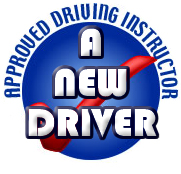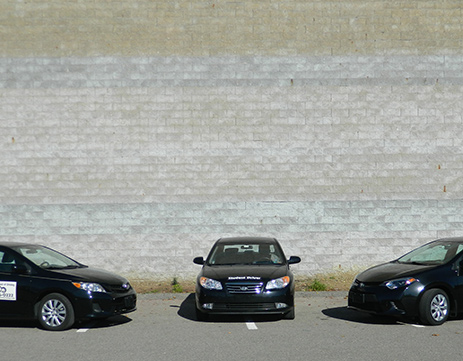DRIVING LESSON IDEAS
Get in equipment: your very first time in the driving seat
You have actually been studying, and now it’s time to put what you’ve found out into practice behind the wheel. Booking your first driving lesson is exciting, but it might not take too wish for the nerves to sneak in. Let’s take a look at a couple of things you can do to help keep you calm, cool and gathered as you learn how to drive.
How to get ready for your first driving lesson
Evaluation the Highway Code – not only will it assist you when it concerns taking your theory test, it’ll keep the guidelines and regulations of the roadway fresh in your mind.
Choose an useful outfit. Try to use something comfy that you can move around in and avoid any limiting clothes and footwear. Flip flops and high heels, in particular, aren’t perfect when driving.
Remember your provisionary licence – your instructor will examine that you have it. You can’t legally be behind the wheel without one so it’s an outright should for your very first driving lesson. You might likewise be requested for your check code, so your trainer can inspect your online licence counterpart.
Ensure you’re healthy to drive. If you need them, prevent consuming the night prior to and remember to bring your glasses or contact lenses.
Pass your test with us
Driving School DublinDriving Test Ireland
What do you do on your very first driving lesson?
Will I drive straight away?
Don’t fret – you won’t get in the driving seat quickly. First, your trainer will drive you to a peaceful roadway where you’ll find out all the basics of the cars and truck controls. This consists of the gears, the pedals, and what’s known as the cockpit drill.
What’s a cockpit drill?
This is a workout that all chauffeurs ought to perform when they get in the car, and it’s generally one of the first things you’re taught. The cockpit drill (typically called the DSSSM routine) includes checking your doors, seat, steering, seatbelt and mirrors:
- Doors– inspect all doors are closed and secured before starting your engine.
- Seat and steering– change your seating so that the controls are within simple reach and you have a clear view of the road. If you’re in an accident, you must also change your headrest to prevent whiplash.
- Seatbelt– make certain you and your passengers are buckled in.
- Mirrors– position your mirrors to minimise your blind spots.
How do I move off?
When it concerns the big moment– taking control of the cars and truck– you’ll have to move the car off and show that you can safely do the ‘Prepare, Observe, Move’ routine:
Prepare – getting the automobile all set to retreat when the road is clear
- Press and hold the clutch down with your left foot.
- Select first equipment.
- Press the gas pedal down with your best foot until you’re at about 1500-2000 rpm.
- Bring the clutch up slowly up until you discover the biting point.
- Be ready to release the handbrake at the correct time.
Observe– revealing your instructor that you understand your environments
- Inspect all around the vehicle searching for anything that might affect your driving plan.
- Look over both shoulders.
Move– confidently moving the cars and truck off when you’re safe to go
- Release the handbrake.
- Launch the clutch slowly while gently putting your foot down on the gas pedal.
- Ease up on the gas and manage the speed of the vehicle using the clutch pedal if you discover you begin to move off too quick.
- Re-check your mirrors and blind spots and move your car to the regular driving position.
What if I slip up?
It’s regular to be nervous when you’re discovering to drive – and you’re not expected to master everything immediately. Driving is something you get better at with time and practice. Even chauffeurs who’ve been on the road for many years are still improving. Do not stress about making a mistake – your instructor’s seen it all before.
In the (not likely) case of something going wrong, felt confident that your trainer can control the vehicle. All expert driving schools utilize double controlled automobiles, which indicates your instructor can step in if you need some assistance.
Scheduling your first driving lesson is exciting, however it might not take too long for the nerves to sneak in. You can’t legally be behind the wheel without one so it’s an absolute should for your very first driving lesson. Your instructor will drive you to a peaceful roadway where you’ll learn all the fundamentals of the car controls. It’s normal to be nervous when you’re learning to drive – and you’re not anticipated to master everything directly away. Driving is something you get much better at with time and practice.
Related Articles
[page-generator-pro-related-links group_id=”1597″ post_status=”publish” output_type=”list_links” limit=”6″ columns=”2″ link_featured_image=”0″ orderby=”rand” order=”asc”]
Learn More

